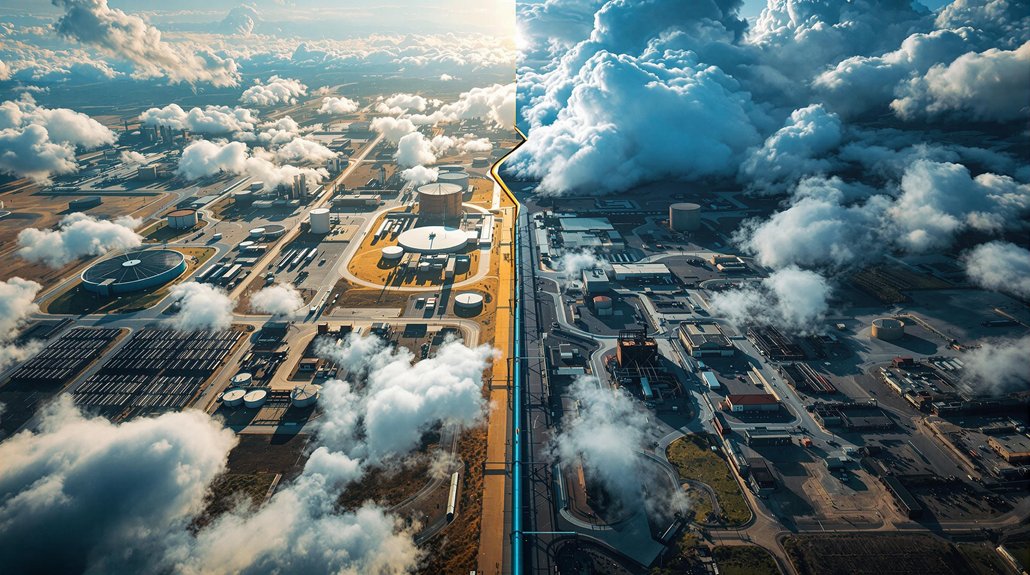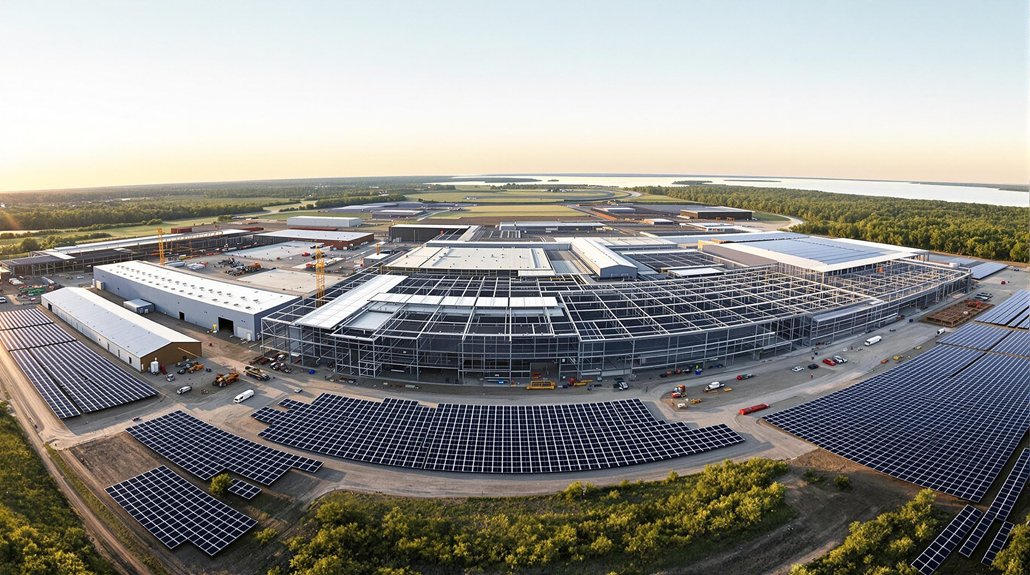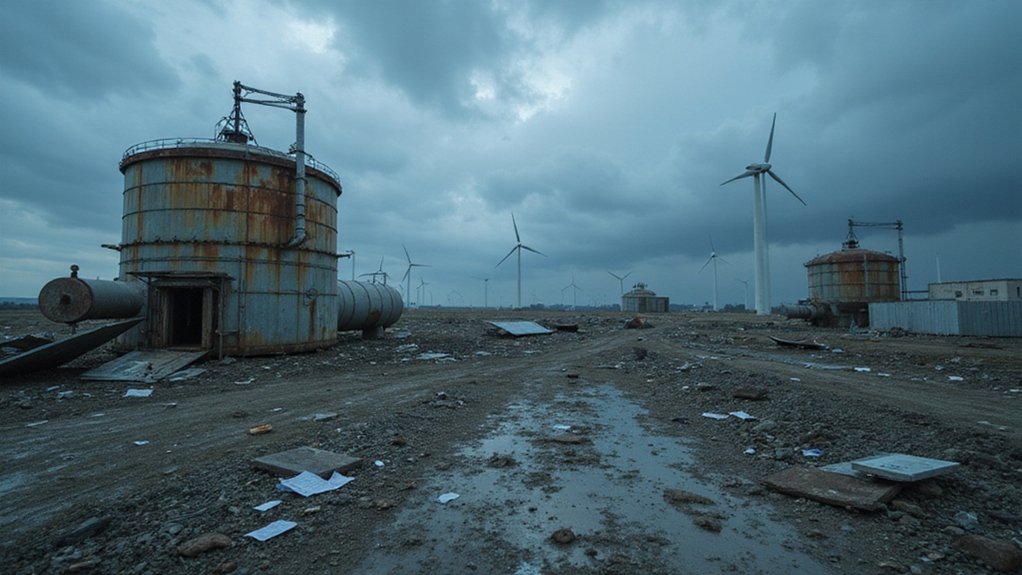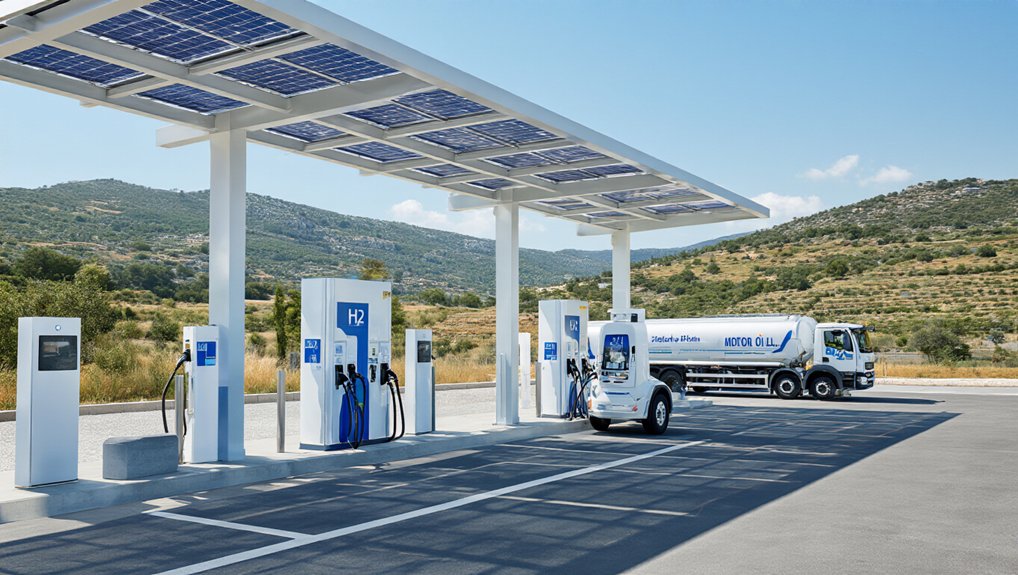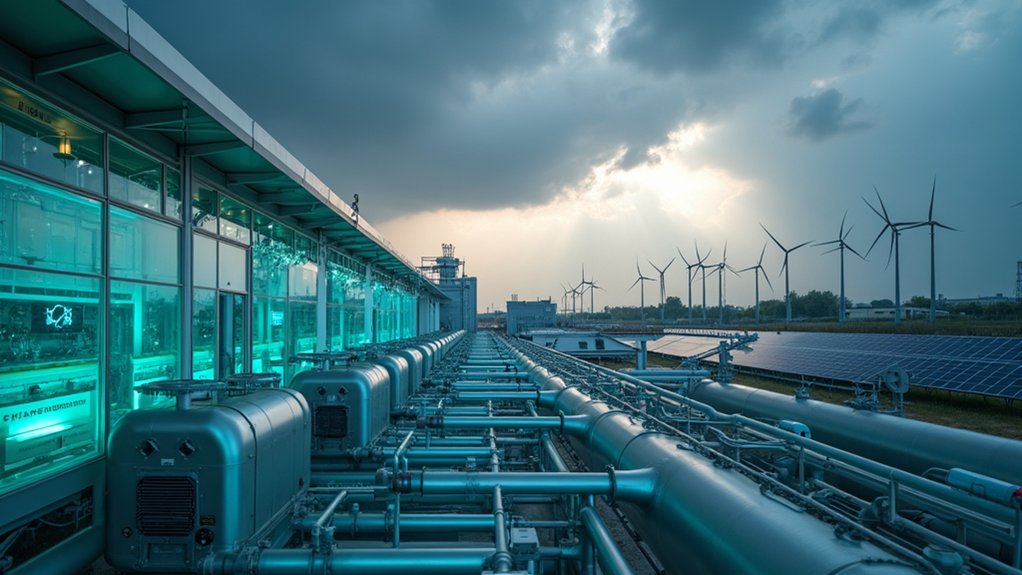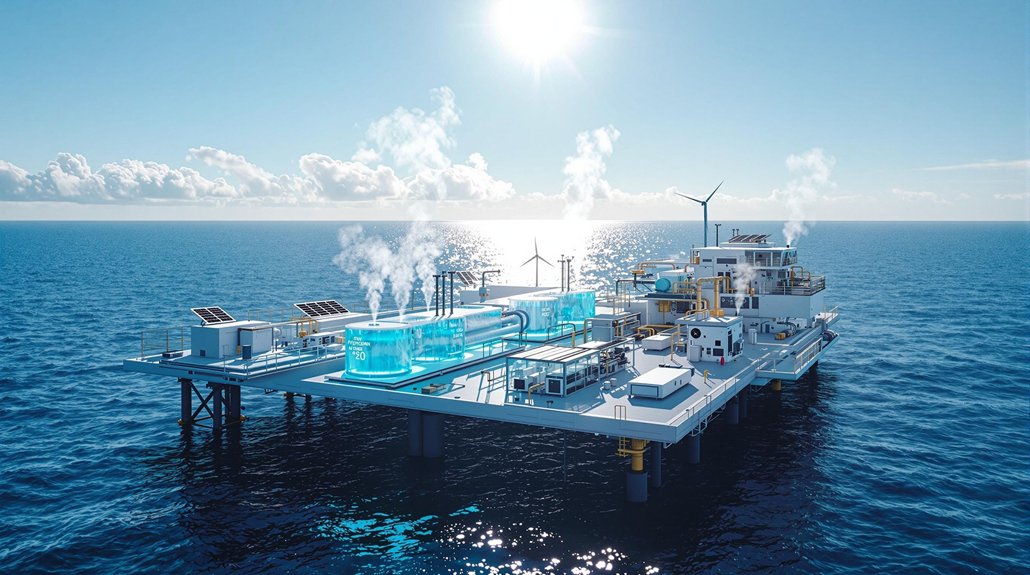Recent concerns have emerged about the Department of Energy’s hydrogen strategy potentially limiting innovation in four U.S. regions. Critics argue that strict environmental regulations might hinder development in hydrogen hubs using natural gas, including ARCH2, HyVelocity, and MachH2. The $8 billion federal initiative aims for clean hydrogen production, but stakeholders worry excessive restrictions could derail investments and technological progress. This tension reveals the complex balance between environmental goals and practical implementation challenges.
As the United States works to transform its energy landscape, the Department of Energy (DOE) has launched an ambitious national hydrogen strategy with substantial federal funding. Released in June 2023, the plan aims to reach 10 million metric tons of clean hydrogen by 2030, ramping up to 50 million metric tons by 2050.
The federal government has committed significant resources to this effort. The DOE has allocated $8 billion for Regional Clean Hydrogen Hubs, plus $1 billion for electrolysis and manufacturing initiatives. An additional $500 million supports the Clean Hydrogen Manufacturing and Recycling Initiative, with hundreds of millions more funding research efforts.
In October 2023, the DOE announced seven regional hydrogen hubs across the country. These hubs will bring together production, infrastructure, and end-users in specific geographic areas. While most hubs plan to use renewable energy sources, three hubs—ARCH2, HyVelocity, and MachH2—intend to use natural gas for hydrogen production.
This approach has sparked debate among energy experts. Critics point out that 95% of current U.S. hydrogen production is “grey” hydrogen made from fossil fuels without capturing carbon emissions. Concerns also exist about emissions from hydrogen transport and potential leakage during distribution. Unlike geothermal energy, which offers minimal greenhouse emissions compared to fossil fuels, hydrogen production methods vary greatly in their environmental impact.
The DOE’s “Hydrogen Shot” initiative aims to dramatically reduce costs to $1 per kilogram within a decade. The shorthand for this goal is “1 1 1” – $1 per kilogram in 1 decade. Tax credits of up to $3 per kilogram established by the Inflation Reduction Act aim to make clean hydrogen competitive.
Despite the strategy’s ambitious goals, challenges remain. The industry needs clear emissions standards and verification processes. Some experts question whether hydrogen should compete with direct electrification in certain sectors. The roadmap emphasizes co-locating clean hydrogen production with end uses to improve cost efficiency and reduce infrastructure requirements.
These initiatives represent part of the broader goal of achieving a carbon-free electricity grid by 2035, as outlined in the National Clean Hydrogen Strategy and Roadmap.
Additionally, building the necessary infrastructure between suppliers and end-users represents a significant hurdle for the emerging hydrogen economy.
The success of the national hydrogen strategy will depend on balancing innovation, environmental concerns, and practical implementation across these regional hubs.
